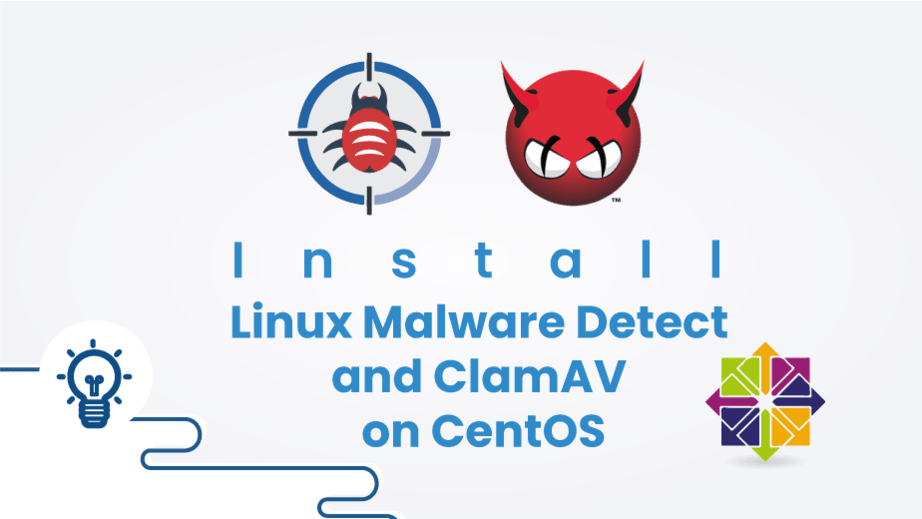Introduction to Linux Malware Detection
The process of locating and stopping harmful software from harming or infecting Linux computers is known as Linux malware detection. This is significant because malware authors target Linux because it is widely used on servers, workstations, and embedded devices.
Linux malware can be found using a number of techniques, such as:
- Signature-based detection: Using this technique, files and active processes are compared to signs of known malware. Although signature-based detection works well against known malware, it is susceptible to fresh attacks.
- Heuristic detection: In order to identify suspicious activities, such as odd file activity or network traffic, this method examines files and active processes. While heuristic detection works well against novel and developing threats, it can also produce false positives.
- Anomaly detection: This approach creates a baseline of typical system behavior and then keeps an eye out for departures from it. While anomaly detection can be useful in spotting novel and developing risks, it needs to be carefully adjusted to prevent false positives.
Organizations can enhance their capacity to identify and avert Linux malware assaults by combining these strategies.
Malware Detection Strategies for Linux
Here are some malware detection strategies for Linux:
- Use a combination of signature-based, heuristic, and anomaly detection methods. You will be most protected against known and undiscovered viruses if you do this.
- Monitor your system activity for suspicious behavior. Intrusion detection systems (IDS), security information and event management (SIEM) systems, and system logs can all be used for this.
- Educate your users about malware and how to avoid it. They will learn about social engineering schemes, phishing attempts, and the value of using strong passwords as a result of this.
You may greatly enhance your ability to identify and stop malware attacks on your Linux systems by putting these tactics into practice.
Tools and Solutions for Linux Malware Detection
For Linux malware detection, a range of tools and solutions are available. Among the most well-liked are:
- ClamAV: An antivirus engine called ClamAV is available for free and is open-source. It may be used to check for malware such as worms and viruses.
- Rkhunter: Linux systems may be rootkit-free and rootkit-removed with Rkhunter, a free and open-source rootkit detecting program.
- Lynis: To evaluate Linux system security and spot possible malware infections, utilize Lynis, a free and open-source security auditing and scanning application.
An organization’s capacity to identify and stop Linux malware infestations can be greatly enhanced by combining the tools and solutions mentioned above.
Case Studies and Real-world Examples
Here are a few case studies and real-world examples of Linux malware detection:
- Case Study 1 : According to a 2018 report from the Linux Foundation, there had been a 500% rise in Linux malware attacks over the previous year. A prominent malware attack on Linux computers that year was the Glupteba botnet, which compromised more than 500,000 Linux systems globally. Glupteba used a number of strategies, such as heuristic analysis and signature-based detection, to avoid discovery. But in the end, anomaly detection and machine learning methods were used to find and eliminate it.
- Real-world example 1: 2016 saw the introduction of the Linux Malware Detect (LMD) project by the Linux Foundation. Using a range of methods, including as signature-based detection, heuristic detection, and anomaly detection, LMD is a free and open-source malware detection program. Many organizations, including governmental bodies, academic institutions, and commercial enterprises, employ LMD to identify and stop Linux malware attacks.
Conclusion
To sum up, efficient Linux malware detection is critical to protecting systems from new and emerging threats. Security can be improved by using a mix of behavior-based and signature-based techniques, following best practices, and keeping up with new threats. It is imperative to use preventive steps and routine updates to safeguard Linux environments from potential malware threats. Reda about our other post at bugify.in













